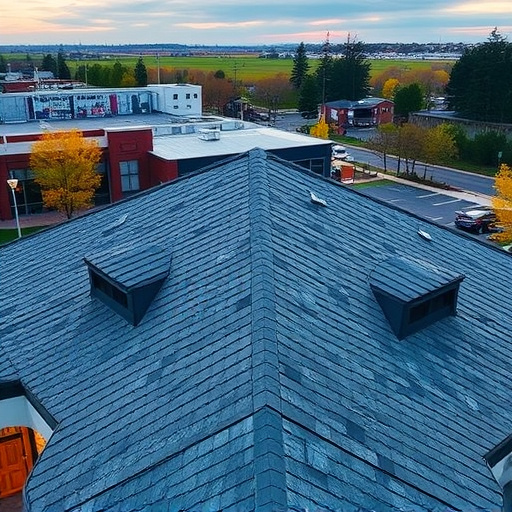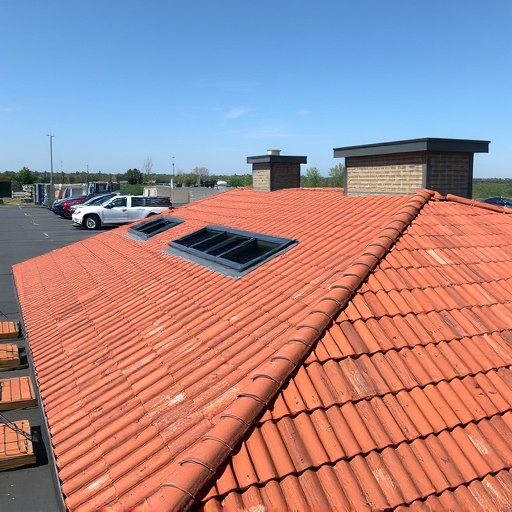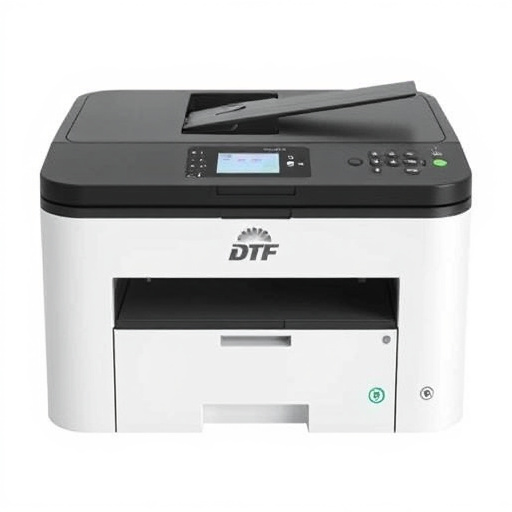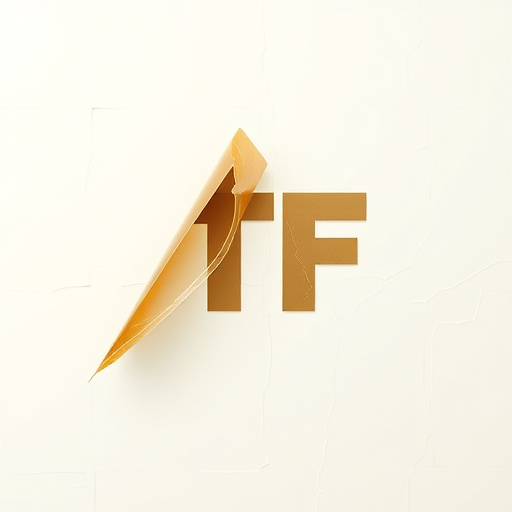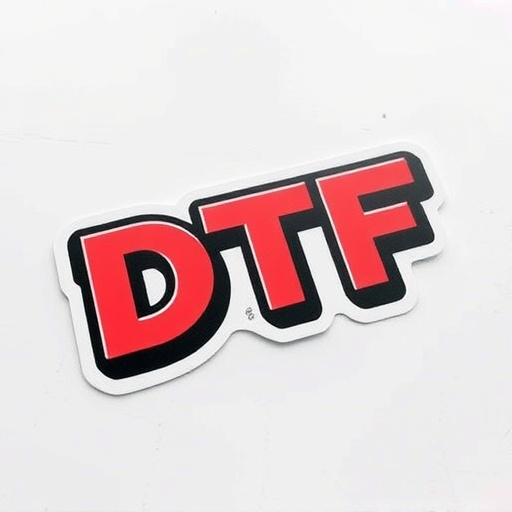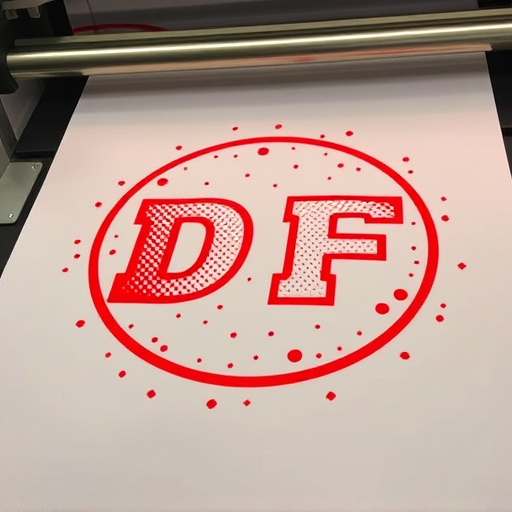DTF (Direct-to-Fabric) technology revolutionizes textile printing, offering exceptional quality on cotton and polyester fabrics. Heat and pressure are used to directly imprint intricate designs without intermediate layers. Precise heat press settings control vibrant colors and strong adhesion. UV DTF transfers enhance durability and speed drying for indoor/outdoor use. Best practices include color matching with high-resolution screens, optimized curing processes, proper material preparation, and testing small samples for optimal print quality on cotton or polyester substrates.
Discover the transformative power of High Quality DTF Transfers, now extended to both cotton and polyester fabrics. This comprehensive guide explores the ins and outs of DTF (Direct-to-Fabric) transfers, delving into the impact of substrate choice—cotton versus polyester—and unveiling best practices for achieving optimal print quality. Whether you’re a seasoned professional or just starting, this article equips you with the knowledge to master high-quality DTF Transfers.
- Understanding DTF Transfers: A Comprehensive Overview
- The Impact of Substrate Choice: Cotton vs Polyester
- Ensuring Optimal Quality: Techniques and Best Practices
Understanding DTF Transfers: A Comprehensive Overview

DTF (Direct-to-Fabric) transfers have revolutionized the printing industry, offering high-quality results on various fabrics, including cotton and polyester. Understanding DTF technology involves comprehending its unique process and benefits. This method uses heat and pressure to apply intricate designs directly onto fabric surfaces without the need for intermediate layers or complex procedures.
High-quality DTF transfers are achieved through precise control of temperature, pressure, and time during the application process. The dtf heat press settings play a crucial role in ensuring optimal adhesion and vibrant color reproduction. Moreover, UV dtf transfers have gained popularity due to their durability and fast drying times, making them ideal for both indoor and outdoor applications. Following detailed dtf application instructions guarantees successful results, enabling printers to produce stunning designs on cotton and polyester materials with ease.
The Impact of Substrate Choice: Cotton vs Polyester
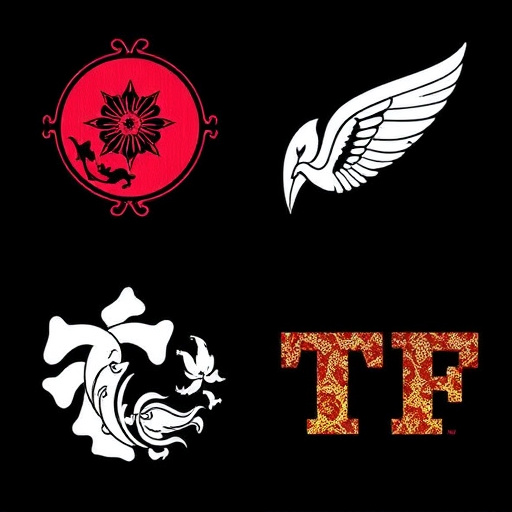
When it comes to high-quality DTF (Direct to Fabric) transfers, the choice between cotton and polyester substrates can significantly impact the final result. Both fabrics have their unique properties that influence how dtf artwork transfers are applied and perceived. Cotton, with its natural fibers, offers a softer feel and excellent absorbency, making it ideal for garments intended for close-to-body contact or those seeking a more organic touch. The fabric’s breathability also ensures comfort in warmer climates.
On the other hand, polyester provides a smoother, more crisp finish due to its synthetic construction. It is highly durable and resistant to shrinking, wrinkles, and fading, making it a popular choice for clothing items that require easy care and longevity. Polyester’s rigid structure can better withstand the precision of dtf design transfers, resulting in sharp, detailed prints. For those looking to place small orders or create custom, unique pieces, this substrate flexibility allows for a broader range of creative expression with DTF artwork transfers.
Ensuring Optimal Quality: Techniques and Best Practices
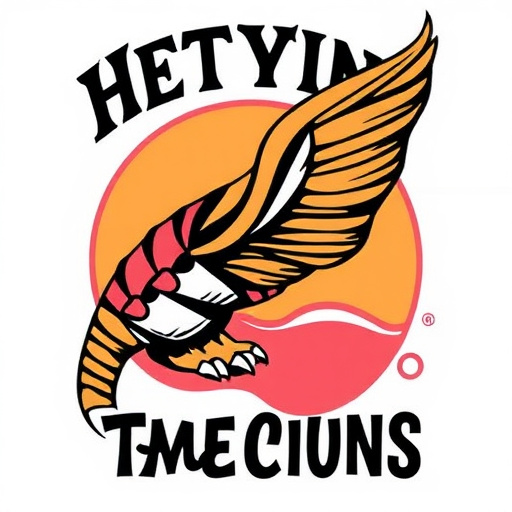
To ensure optimal quality with High Quality DTF Transfers on both cotton and polyester materials, several techniques and best practices should be implemented. First, achieving precise dtf color matching is paramount. Using high-resolution screens and professional design software allows for accurate color representation, minimizing shifts that can occur during the transfer process. Additionally, the dtf curing process plays a crucial role in locking the colors permanently onto the fabric. Optimizing curing time and temperature ensures that inks fully bind to the fibers, resulting in vibrant, durable prints that withstand washing and handling.
Proper material preparation is another key factor. Pre-treating fabrics with suitable coatings can enhance ink adhesion, preventing issues like bleeding or smudging. For cotton, a mild pretreatment can improve absorbency while preserving its soft texture. Polyester, known for its durability, may require a slightly different approach to ensure the best durable prints. Testing various pre-treatment methods on small samples before full production runs is recommended to find the optimal solution tailored to each fabric type.
High-quality DTF transfers offer a versatile and effective method for printing on both cotton and polyester fabrics. By understanding the intricacies of DTF technology and choosing the right substrate, it’s possible to achieve exceptional results. Adhering to best practices ensures optimal quality, making high-quality DTF transfers a reliable choice for various applications. Whether for fashion, home decor, or promotional products, this method allows for vibrant, long-lasting prints that enhance the overall product value.
